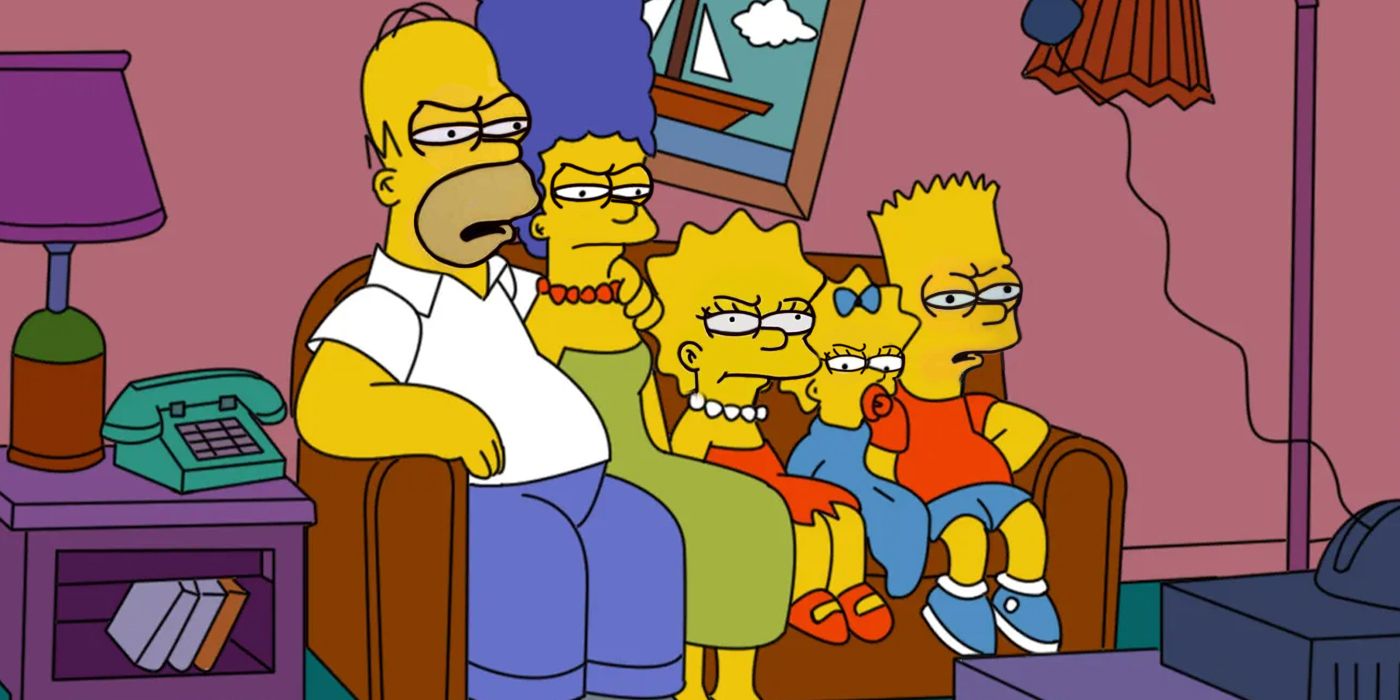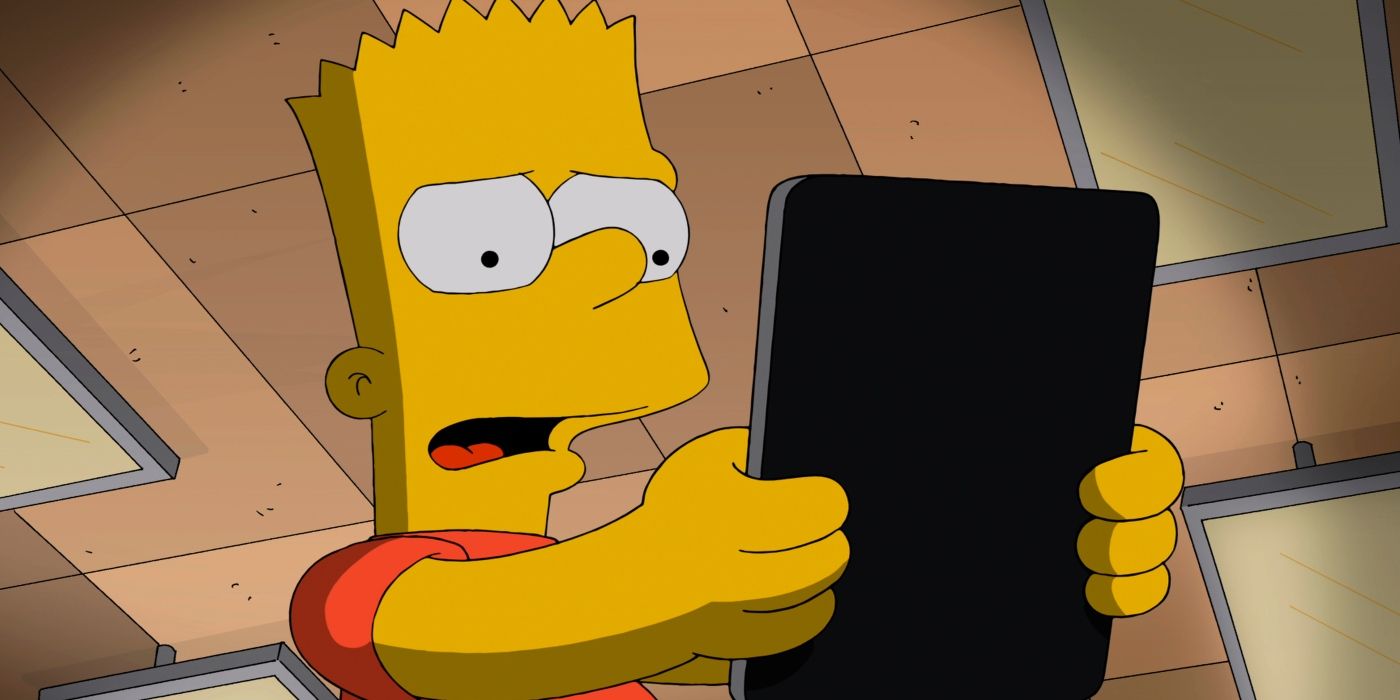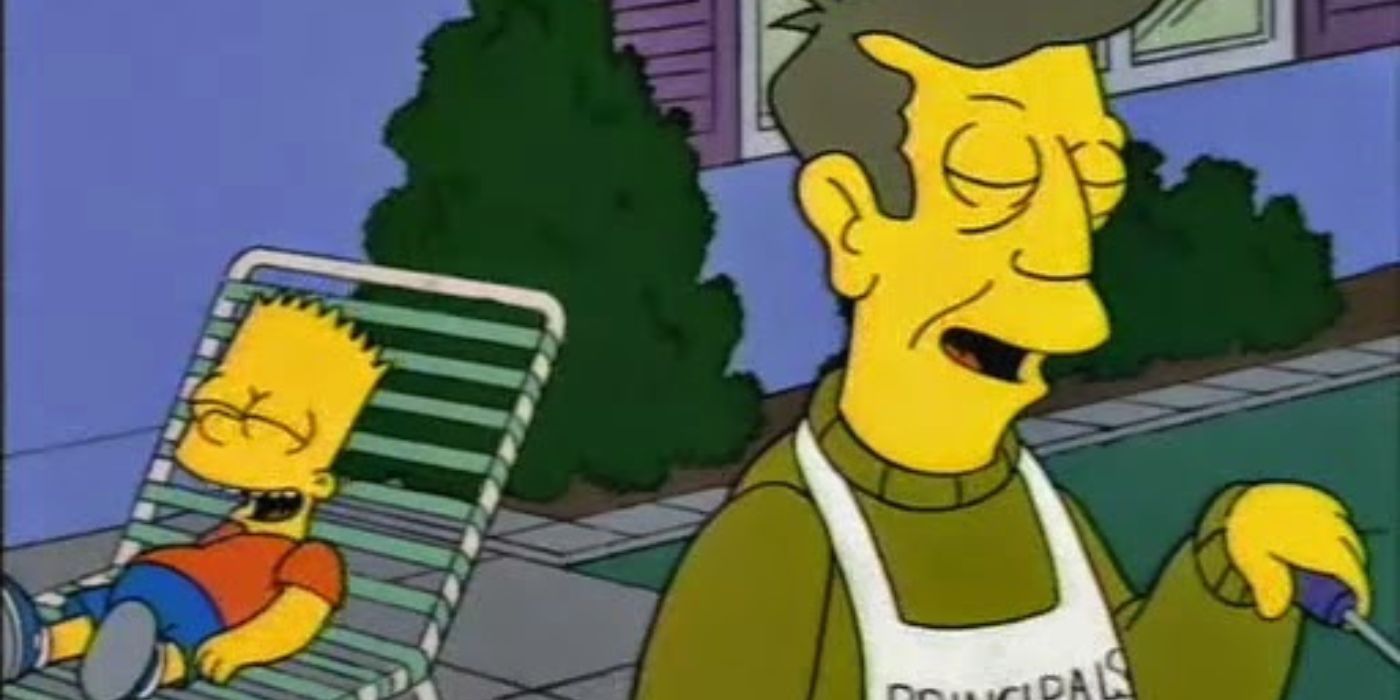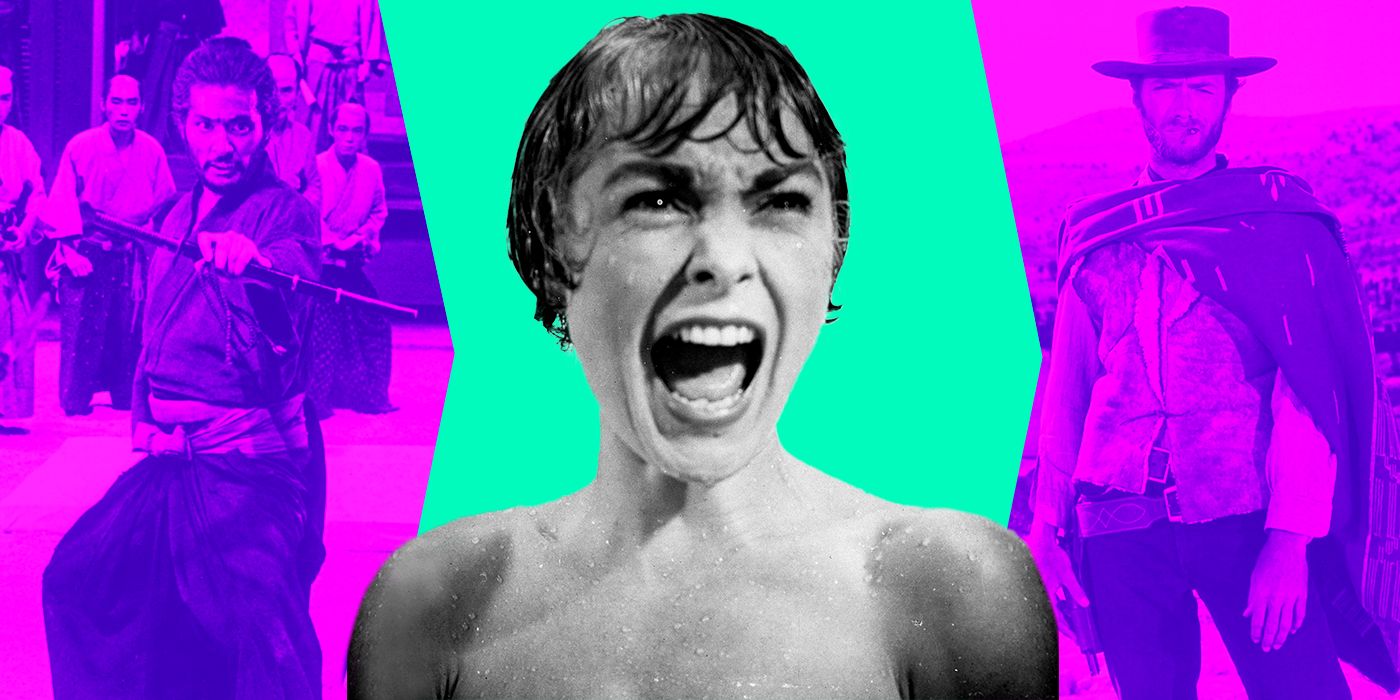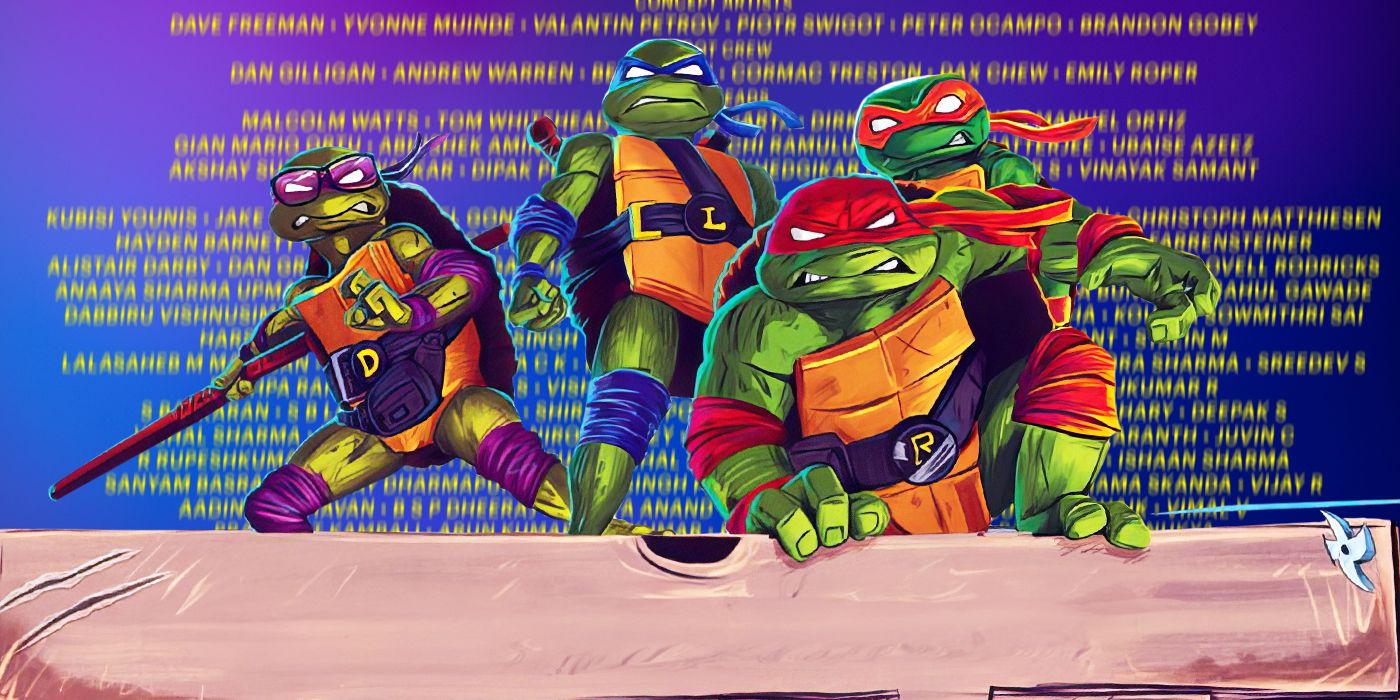The Big Picture
- “The Principal and the Pauper” episode of The Simpsons sparked controversy and was criticized by fans, but it may be worth reevaluating.
- The episode commented on toxic fanbases and people’s resistance to change in the fictional world, which is even more relevant in today’s internet culture.
- Compared to later episodes, “The Principal and the Pauper” had a focused and ambitious storyline, making it more enjoyable and memorable in the show’s history.
“Nobody can stay in the garden of Eden” reads one of the most striking lines from James Baldwin‘s novel Giovanni’s Room. This sentiment is especially true for fans of The Simpsons, many of whom consider only select seasons of the program to be its “garden of Eden”. For many years, the default position of die-hard fans of the production (especially early devotees) was that seasons three through eight were when The Simpsons was at its peak. This sentiment has grown more complicated in recent years, thanks to newer generations of fans having more positive assessments of 21st-century Simpsons media as well as the program going through a creative renaissance in recent years. However, for many years, academic literature and media analysis of The Simpsons posited that season nine was the beginning of the end for this pop culture institution… and “The Principal and the Pauper” was the episode where everything went downhill.
The second episode of the show’s ninth season, “The Principal and the Pauper” revealed that long-time supporting character Principal Seymour Skinner (Harry Shearer) was not who he said he was. In fact, he was Armin Tamzarian, a man who met the real Seymour Skinner (Martin Sheen) in Vietnam. After Skinner was seemingly killed in combat, Tamzarian returned to Springfield to inform his mother of his demise…only to then assume this man’s identity for decades. It was a revelation that inspired claims of “worst episode ever” across the internet, while outlets like The Guardian and books like Chris Turner’s Planet Simpsons pointed at “The Principal and the Pauper” as a catalyst for the show going off a cliff creatively. Heck, in his audio introduction to the DVD boxset for the ninth season of The Simpsons, show creator Matt Groening off-handedly claims this episode is one of his least favorites.
Decades of hatred have swirled around “The Principal and the Pauper,” yet maybe it’s worth giving this episode another look. Not only are there laughs to be had in “The Principal and the Pauper,” but it’s also an episode whose commentary on the real world has only grown more relevant in recent years.
The Simpsons
The satiric adventures of a working-class family in the misfit city of Springfield.
- Release Date
- December 17, 1989
- Main Genre
- Comedy
- Seasons
- 36
- Studio
- Fox
“The Principal and the Pauper” Talked About a Clingy Fanbase That’s Only Grown More Toxic
On the DVD audio commentary for “The Principal and the Pauper,” participants like writer Ken Keeler and showrunners Bill Oakley and Josh Weinstein are immediately defensive about the episode. Years of the internet lambasting this installment have especially upset Keeler, who notes he still considers this to be the strongest script he’d ever written at the time. However, the quartet on this commentary isn’t just calling out nasty internet commenters. They have some astute observations on why this episode didn’t go over well with viewers. Most insightfully, Oakley observes that “The Principal and the Pauper” “was an experimental” episode. However, unlike other Oakley & Weinstein era episodes like “The Simpsons Spin-Off Showcase,” it didn’t immediately “look like an experiment.” This dissonance created frustration in some viewers.
Meanwhile, Keeler mentions that one piece of social commentary that was lost on many people was how “The Principal and the Pauper” was about how angry people get when reality doesn’t align with their expectations. In this episode, Springfieldianites like Edna Krabappel (Marcia Wallace) and Agnes Skinner (Tress MacNeille) cannot accept the idea that Skinner is a different person. In the end, they retrieve the exiled Tamzarian, bring him back to Springfield, and run the real Skinner out of town. They get their cozy status quo back without ever having to confront the harsh truths lying under their noses. In Keeler’s eyes, this episode was meant to comment on fans who feel overly possessive of fictional characters and can’t stand the idea of things ever changing.
On these commentaries, folks like Oakley and Weinstein are very open about how they were closely observing online fan responses to The Simpsons in the 1990s. They’d already seen this phenomenon of internet weirdos getting bent out of shape over fictional characters and decided to use this thought process as a bedrock for “The Principal and the Pauper.” However, in 1997, when this episode first launched, the internet was still in its infancy and that kind of online behavior wasn’t super commonly known. Today, though, you can’t go a week without a toxic fanbase lashing out because of any tweaks or additions to long-running pop culture properties. Ghostbusters can’t be women. Luke Skywalker must act like this in Star Wars movies. Wanda Maximoff shouldn’t behave like this. Over and over again, general audiences cannot stand the idea that fictional characters are malleable beings who can behave differently under different artists or go in unexpected directions.
There’s a fine line between critiquing a piece of art because you don’t like it and taking the strange stance that certain fictional characters cannot behave or act a certain way. This possessive attitude was in its nascent stages in the late 1990s, but “The Principal and the Pauper” saw the dominance of this entitlement coming. The town’s unwillingness to accept the new status quo incurred by Skinner’s false identity, not to mention a judge explicitly saying nobody can ever bring up Tamzarian’s real name “under punishment of death, is a microcosm of so much internet discourse. “The Principal and the Pauper” tried to warn us about folks convinced Luke Skywalker can’t milk a gigantic sea beast or that Batman can never smile. Ironically, it got caught up in the online fan discourse it was trying to critique.
“The Principal and the Pauper” Is No Longer the Lowest Point of ‘The Simpsons’
“The Principal and the Pauper” doesn’t just endure because of its shocking relevancy in the modern world. It’s also just an entertaining episode of The Simpsons, complete with several great gags like the ever-escalating number of people in Homer’s car aiming to retrieve Tamzarian from Capital City. Voice performers like MacNeille and Wallace do superb work communicating a real sense of longing for the old Seymour Skinner while Sheen’s work as the real Skinner makes for a great contrast to Shearer’s buttoned-up vocals as Tamzarian. Even the intentionally abrupt ending (in which Tamzarian’s promises to be a more revved-up version of Seymour Skinner are immediately cut short) is amusing and nicely reflects the episode’s commentary on overly controlling fanbases. Plus, the show still keeps everything important about Skinner (like his buttoned-up nature) intact, it’s just his name is different. That makes the townspeople refusing to accept this new status quo extra humorous.
However, “The Principal and the Pauper’s” status as the worst of all Simpsons media also feels odd in the modern world given the episodes that would follow it. The Seasons 11-18 era of The Simpsons produced countless episodes far worse than anything featured in “The Principal and the Pauper.” If any episodes should be looked at as signaling a perceived decline in quality in The Simpsons, it’s ones like “Please Homer, Don’t Hammer ‘Em”, “Pranksta Rap,” or “Kill the Alligator Run.” The ambition driving “The Principal and the Pauper” is completely absent from many of these later episodes, with The Simpsons spending the 2000s trying to mimic South Park (through a barrage of politically-relevant episodes) and Family Guy (through an emphasis on lengthy gags and ramping up Homer’s aggressive behavior).
These later Simpsons episodes also became too obsessed with overstuffed narratives, with episodes jam-packed with an A and B plot plus a standalone storyline in the first act that leads to nowhere (like Bart’s mad race to finish up all his summer vacation plans at the very start of “The Monkey Suit”). By contrast, “The Principal and the Pauper” hits the ground running by immediately focusing on Seymour Skinner inspecting the hallways of Springfield Elementary School. The streamlined focus of this episode is apparent right from the start, rather than suffocated underneath a barrage of other plotlines that don’t have room to breathe within 22 minutes of storytelling. That’s the kind of element in “The Principal and the Pauper” that’s so much easier to appreciate in the larger sweep of the show’s history.
Back in 1997, viewers may have taken to message boards right after “The Principal and the Pauper” and, feeling that this episode couldn’t hold a candle to “And Maggie Makes Three” and “Cape Feare,” quickly declared it the “worst episode ever.” That would be an understandable phenomenon. But to still declare “The Principal and the Pauper” the absolute worst thing the show has produced in its 34+ years on the air now in the modern world is lunacy. Today’s divisive episode is tomorrow’s wistful relic of a bygone era. It’s so much easier to appreciate everything “The Principal and the Pauper” was doing compared to the derivative Simpsons output of the 2000s or many of the generic installments of the show in the early 2010s.
“The Principal and the Pauper” Got People Talking, and That’s a Good Thing
The greatest testament to “The Principal and the Pauper” doing something right is that it still irks people to this day. Heck, The Simpsons itself has repeatedly lampooned the installment in subsequent episodes like “Behind the Laughter” and “I, (Annoyed Grunt)-Bot”. On its 25th anniversary in 2022, the website Fatherly declared that the episode was an Earth-shattering turning point for the show, a creative blunder from which it would never recover. A quarter of a century had passed and “The Principal and the Pauper” was just as controversial as ever. Keeler and director Steven Dean Moore had delivered an episode that was still generating strong opinions, a sign that “The Principal and the Pauper” had done its job and then some.
Just think of the other controversial and divisive episodes of The Simpsons that have quickly faded away into obscurity. “That ‘90s Show,” “The Real Housewives of Fat Tony,” “The Bart-Mangled Banner,” “The Man Who Came to Be Dinner,” and “The Musk Who Fell to Earth” all generated plenty of controversy for a day or two after they aired. But did anyone pen essays talking about how “That ‘90s Show” was a seminal low moment for The Simpsons when that episode turned 15 years old in 2023? Will Groening or voice actors from the show ever have enough passion in any direction for “Lisa Goes Gaga” to besmirch it in the press?
Even if there were no subsequent weaker episodes to compare it to, though, “The Principal and the Pauper” would be easy to admire thanks to it providing 22 minutes of pleasant entertainment and its incredibly ambitious nature for a 1990s sitcom. To add a new dimension to a supporting character like Seymour Skinner while offering commentary on toxic fanbases that’s only grown more relevant with time is a huge swing. The Simpsons, as its more recent creatively successful seasons showrun by Matt Selman have demonstrated, fares best when it pairs up its endearingly familiar characters with unexpected plots or narrative structures. “The Principal and the Pauper” is nowhere near the best example of that phenomenon. However, its creative virtues, not to mention its ability to still drum up discourse after all these years, show the value of taking a risk on an idea like Armin Tamzarian.
The Simpsons is available on Disney+ in the U.S.
Watch on Disney+

